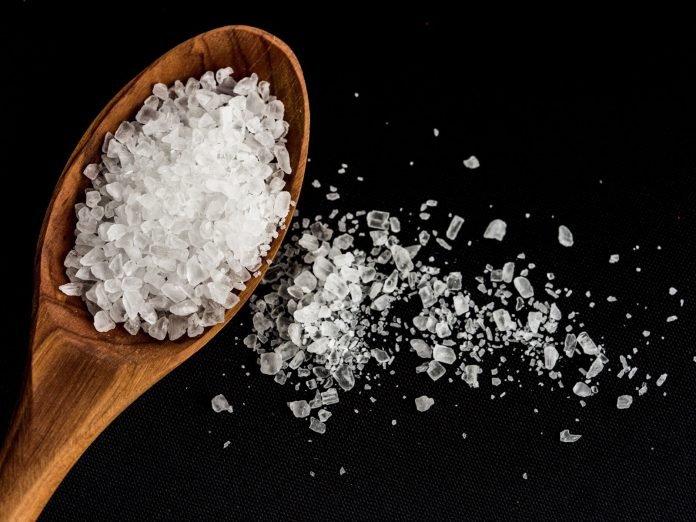What risks are connected with high levels of salt consuming?
- Scientific evidence shows that high salt intake plays a critical role in improving these risk factors for noncommunicable diseases (NCDS), as high blood pressurein the entire European region. High blood pressure is strongly associated with cardiovascular disease, it is also possible its relation to other NCDS, such as diseases of the kidney.
Which foods not to eat?
- Foods, subjected to technological processing, such as ready to eat meals and snacks (snacks), were identified as one of the main sources of salt consuming in the European region, but do not forget about the bread and dairy products.
- It is recognized that the meals from the fast food restaurants and other restaurants contain large quantity of salt and also fat and sugar.
What is the recommended daily consuming of salt for adults?
- To avoid the development of cardiovascular disease the WHO recommends the daily salt consuming must be not more than 5 g (it corresponds to the teaspoon of salt per day).
- По общему мнению органов здравоохранения и безопасности пищевых продуктов, ежедневное потребление соли большинством европейцев намного выше рекомендованного уровня (8–11 г).
What is the maximum acceptable level of salt consuming per day for children?
- Salt should not be added to the food of children aged 0-9 months.
- For children from 18 months to 3 years, the level of salt consuming should not exceed 2 grams per day.
- For children from 7-10 years, the consuming of salt should not exceed 5 g per day.
How can I control the level of salt consumed by me?
- In Europe, approximately 70-75% of all consumed salt is hidden in foods exposed the technological processing, or other food industry products, and is outside the control of the consumer. The rest 25-30% people add to food themselves.
What actions have been taken in the European region for control of the high level of salt consuming?
- The European regional Bureau of WHO has made salt reduction as one of the five priority interventions in the new action Plan for the implementation of the European strategy for the prevention and control of noncommunicable diseases.
- The European plan of WHO's action in the field of food and nutrition (2007-2012) includes measures to promote the change of the formulation of basic foodstuffs to reduce content of salt and availability of more healthy foods.
- European department of WHO supports the action of European network on reducing salt consuming. This network comprises of 23 member States of the Region and the leading role plays the United Kingdom. The network promotes the exchange of experience in the field of reducingof salt consuming and the provision of information and technical expertise.
What is the role of salt in preventing iodine deficiency disorders?
- Salt iodization remains an important method used to radically reduce the iodine deficiency disorders: a salt is a product of mass consuming and the iodine does not affect its flavor characteristics and does not require large expenses.
- At the session of the world health Assembly in 1992, all European countries approved the goal of cardinally reducing of iodine deficiency disorders. Since that time there has been considerable progress, the coverage of salt iodization in the European region is the lowest among all WHO's regions.
The world health organization.
Reduce sodium salts to normal and reduce potassium deficiency in nutrition will help salt Solena with a low sodium content (70% sodium salt, 30% potassium salt). Click to see where to buy salt SOLENA.






